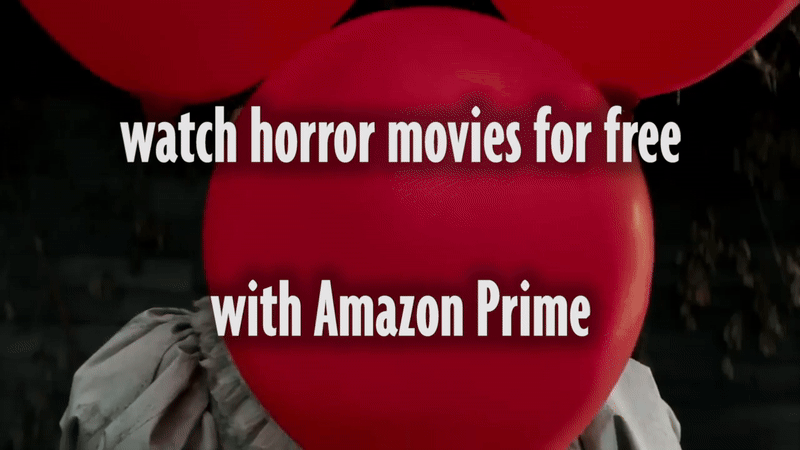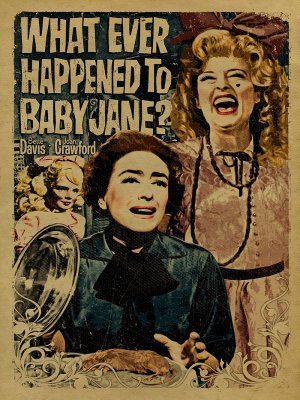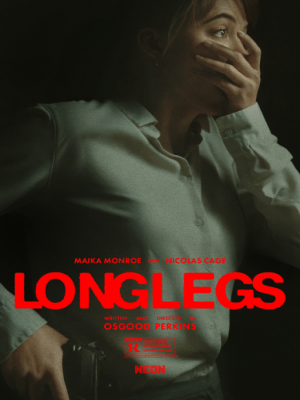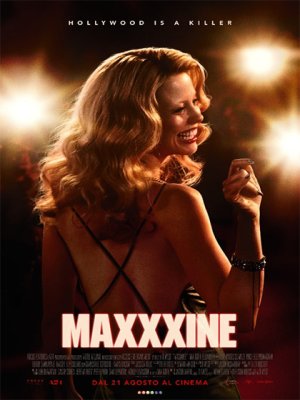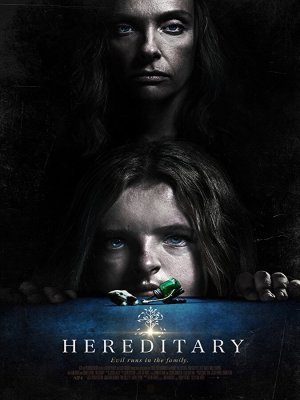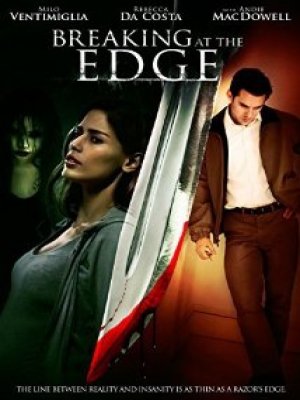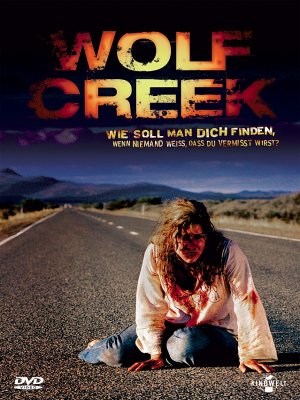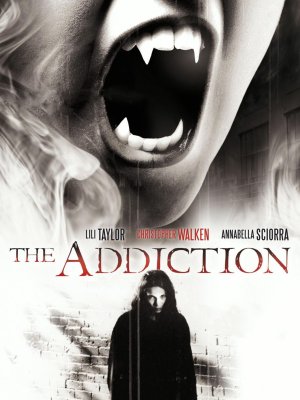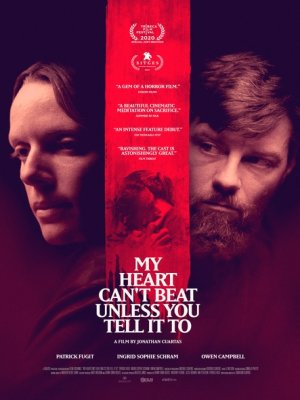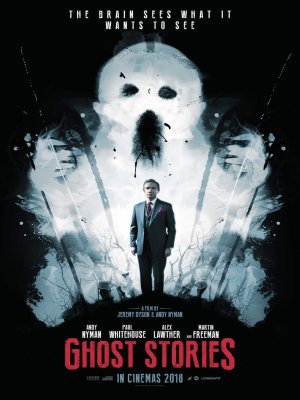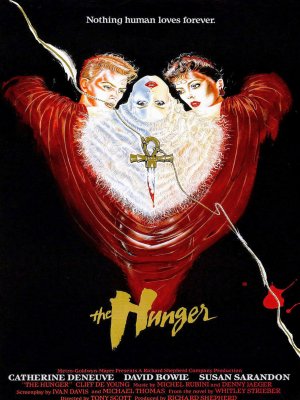Strait-Jacket
Lucy is released from the psychiatric clinic where she was locked up for having chopped up her husband and his lover with an axe. Waiting for her in her brother's house is her daughter Carol, who, at the time, was a child.
The film we are talking about is based on a story by the writer Robert Bloch, author of the famous horror masterpiece Psycho, a name that immediately evokes shivers and uneasiness. This film, however, is not supported by a particularly complex plot or by special effects that lift the skin, but rather by the extraordinary talent of the leading actress, Joan Crawford. In one of her last performances, Crawford stands as a central and dominant figure, a colossus of emotions that manages to convey to the viewer every single thrill, every anguish, every delirium that pervades her tormented spirit. She is, in fact, the true protagonist of the film, with her face marked by time and experience, wrinkles that tell of a life lived between light and shadow, and tense, almost twisted expressions that reflect her slow, inexorable giving in to fear.
The actress, after the triumph of What Ever Happened to Baby Jane?, a film that had given her back her lost fame, found herself once again playing a disturbing character, marked by madness and torment. With a mastery that only a career rich in experiences like hers could forge, Crawford literally steals the scene. Every beat of her heart, every jolt of tension on her skin seems to be perceptible to the viewer, who cannot help but follow her descent into an abyss of terror and paranoia. Her performance develops in a crescendo of oppressive anguish, where the sense of claustrophobia and anxiety is transmitted without any reserve, pushing the viewer to feel the weight of that suffering on their own skin.
Although the film was initially classified as a B-series film, with all the prejudices that this definition entails, over the years it has gained a new light. Rediscovered, especially by fans of 1960s horror cinema, it has become a cult title, which has managed to emerge from the shadows of its own era, rediscovering its value thanks to Crawford's extraordinary interpretation. A film that, although belonging to a category of films often overlooked, has managed to earn the respect and adulation of those who appreciate the art of psychological tension and the power of human drama brought to the big screen.

